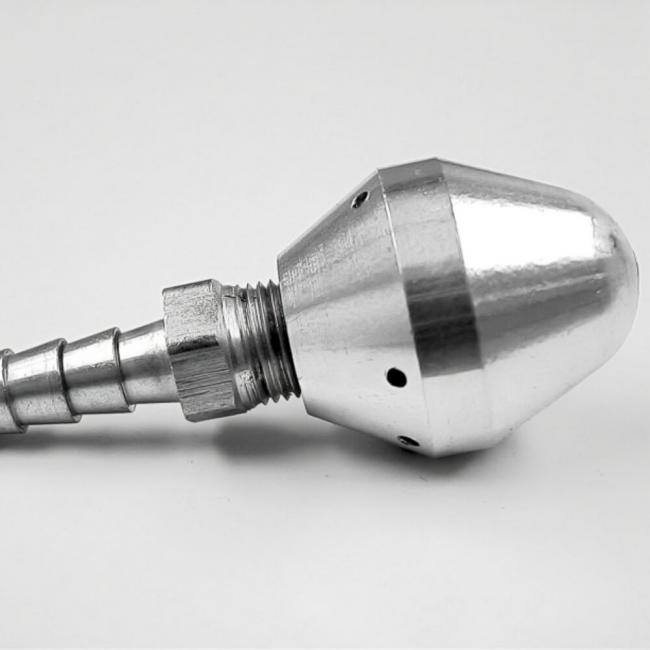Skipper Ball Training Tips For Your Duct Cleanup Crew

Got the right professional duct cleaning tools? That’s great! But unfortunately, it’s only a half-done job. The other half is ensuring your team knows exactly how to use them. While they need to learn the ropes of a wide array of such equipment, today we’re going to talk purely about skipper balls.
Highly effective in dislodging dust, debris, and all kinds of contaminants, these tools are way more powerful than they seem to be. Using them without proper training can lead to issues such as poor cleaning action or damage to the ductwork.
Hence, ensuring your crew has the right skills to use skipper balls is crucial. Let us give you a lowdown on how you can train your team to use them properly.
1. Educate them about the basics
Understanding the functionality of skipper balls is the first step towards learning how to use them. Skipper balls are powered by air propulsion, which enables them to move throughout the duct system. This air-charged movement creates a powerful blast that helps in removing stubborn buildup. Sometimes CO₂ may be used to power skipper balls. That said, your team of new technicians should be trained for the following:
- The physics of skipper balls, including airflow, propulsion, and rotation
- Ideal situations for the use of various kinds of skipper balls
Knowing the fundamentals arms your team with the knowledge they need to make the right choice for each type of duct system, thus reducing instances of mistakes.
2. Conduct a set-up and connection demo
Hands-on demonstration of duct cleaning skipper balls is crucial in preventing instances such as equipment damage or inefficient cleaning. Your demo should include:
- The right way to connect skipper balls to hoses or flexible rods
- Ways to ensure a leak-free connection while securing air hoses
- Tips to maintain manufacturer-prescribed air pressure
Make your technicians practice the set-up and connection as many times as it takes for them to carry out this task effortlessly, even in challenging environments.
3. Impart effective cleaning techniques
Skipper balls offer controlled cleaning action. However, your team of new technicians will not know that unless you show them how. These techniques should help:
- Show them how to make controlled passes by methodically moving the tool to ensure even coverage
- List ways to identify common issues, such as when the ball is stuck, and is either spinning too fast or too slow
- Necessitate the importance of multiple passes from various access points to effectively clean heavily contaminated ductwork
Although the above can be taught in theory, we recommend using visual aids or hands-on training so your team can truly absorb the essence of these techniques.
4. Teach safety protocols
They might look small and harmless, but it’s critical to note that duct cleaning skipper balls require high pressure to function, which means they can pose a safety threat if mishandled. Safety tips you must stress include:
- Arming oneself with suitable safety gear such as respirators (if necessary), goggles, and gloves
- Inspecting ducts before operation for loose parts, sharp edges and blockages
- Strictly avoiding using an active skipper ball outside of the duct
Educating your crew about relevant safety measures during operation ensures they’re protected. It also helps in minimizing expensive liability risks.
5. Host troubleshooting drills
Treating every duct cleaning job as one-of-a-kind is a smart approach. However, that means your team needs to know how to adapt to different working conditions. You can simulate these conditions with troubleshooting drills such as:
- Solutions for a stuck skipper ball
- Tips to manage unexpected pressure loss
- Revising the cleaning strategy in case of inefficiency
Preparing your crew for the worst will allow them to think of prompt solutions, thus preventing costly time loss.
Conclusion
Hosting a refresher course on skipper balls every once in a while will help your team revise the basics as well as learn new techniques (if any) and avoid common mistakes. However, your crew can only make the most of skipper balls if they have high-quality tools on their hands. Heat Seal Equipment has been providing top-notch skipper balls and associated tools for over five decades. Contact us to get duct cleaning equipment that gives you a competitive edge.





